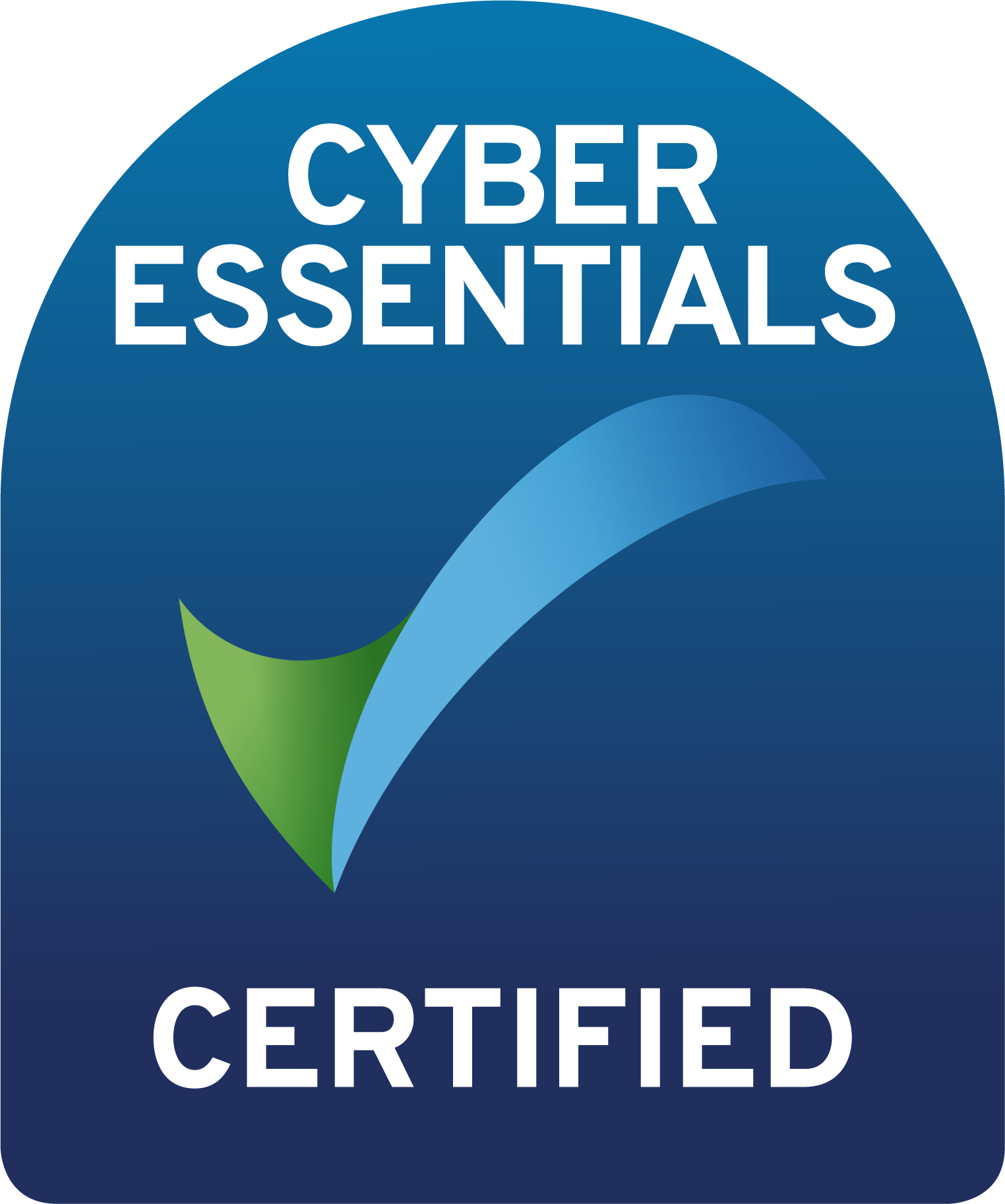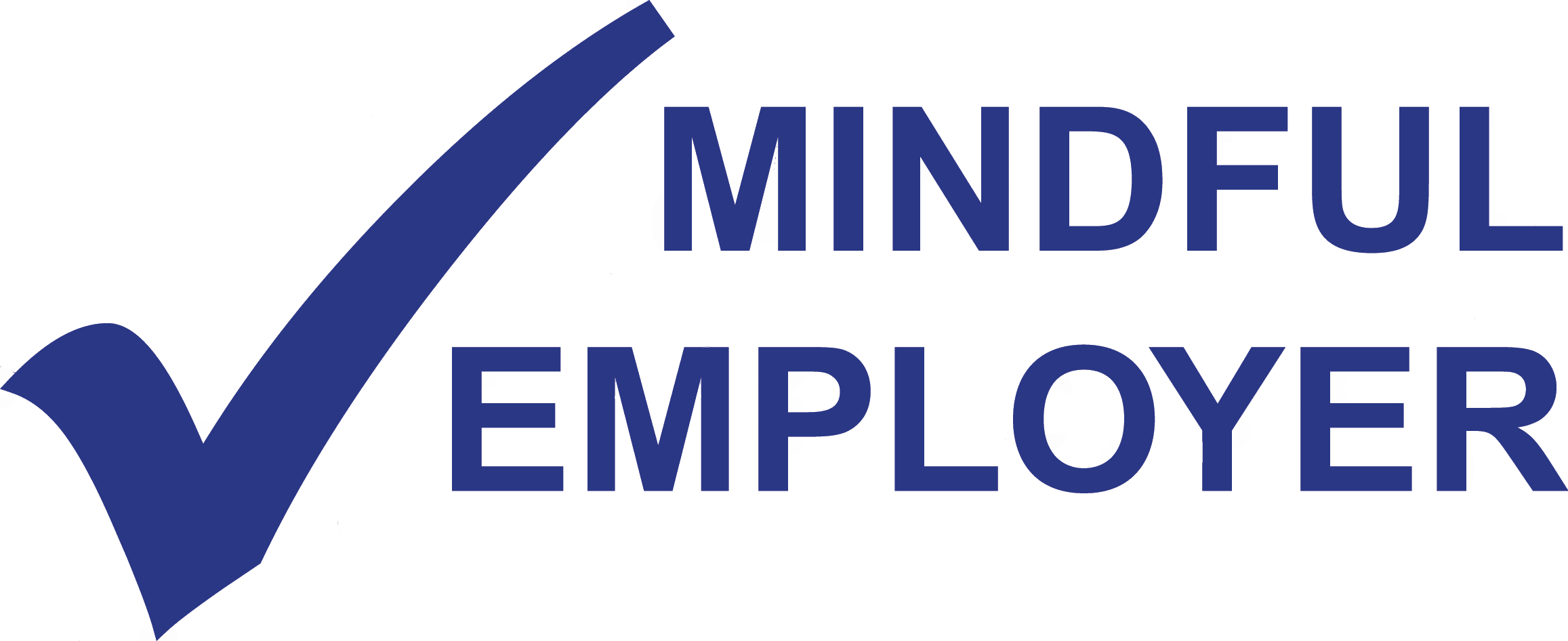Introduction
If you have employees who operate machinery and work at height or in another safety-critical area, then you have a responsibility under Health & Safety law to ensure that they are medically fit to do so.
Safety critical medicals are not ‘nice to have’ well-being type medicals. They are best practices to ensure employees are fit for work. Employers are responsible for undertaking risk assessments and ensuring that they get employees reassessed for their fitness for safety critical work when there is a change in their health. Which could be after a new diagnosis, being prescribed new medication, sustaining an injury or after a period of sick leave.
What is the difference between safety-critical medicals and health surveillance?
- Safety critical medicals are a snapshot of someone’s health on the day of the medical for fitness to work. If a staff member is diagnosed with a medical condition the day after their medical, they need to be reassessed.
- Health surveillance is looking at long-term trends and effects where an employee is exposed to hazards in the workplace, such as noise or vibration.
- Health surveillance is different to a safety critical medical and should be treated separately.
Why Safety Matters
- There have been several cases of accidents at work that have been in the press, where an accident happened as a result of illness or disease. One of the most well-known is the Glasgow bin lorry case.
- The Glasgow bin lorry case highlights what happens when things go wrong and why it is so important to investigate and assess health issues for safety-critical workers to ensure their fitness for work.
- Also, there is a need to take on board the advice given by medical professionals in Occupational Health when a restriction is advised.
- The cost, in this case, was six lives.
8 Safety Critical Golden Rules for Employers
- Carry out risk assessments
- Arranging safety critical medicals for employees.
- Ensure that employees working in safety-critical roles have been declared fit by an OH provider.
- Referring employees back for medicals when the fitness certificate expires (Best practice is 3 yearly).
- Make sure staff attend their appointments.
- Ensuring employees are reassessed if there is a change in their health or medication.
- Ensuring employees are reassessed after a period of absence (Usually 4 weeks or more).
- Implementing advice from the OH provider, including any restrictions advised.
Why might someone be restricted from safety-critical work following a medical
- The most common reason is high blood pressure; the Society of Occupational Medicine (SOM) guidance is that blood pressure should be below 180/100. High blood pressure is checked as an indicator of the likelihood of collapse or underlying medical condition.
- They have declared a condition, illness or injury in their history that may impact their fitness for work that requires further investigation or clarification by Occupational health professionals. For example, a history of blackouts.
- They do not meet the eyesight standards for safety-critical work. It is surprising how many adults do not regularly get their eyes tested, even as car drivers. Unfortunately, you don’t know what you can’t see.
- Their hearing does not meet the required standard, and therefore, further testing and hearing aids are required to enable them to be fit to hear emergency instructions or warning alarms at work.
- Alcohol consumption above recommended levels or illegal drug use.
Conclusion
- Safety Critical workers must be assessed for their fitness to work.
- Take the advice from your OH professionals if they advise someone is not currently fit.
- If in doubt, get your employees reassessed to be on the safe side.
We are not trying to stop people from working. Simply ensuring their safety and the safety of others.




